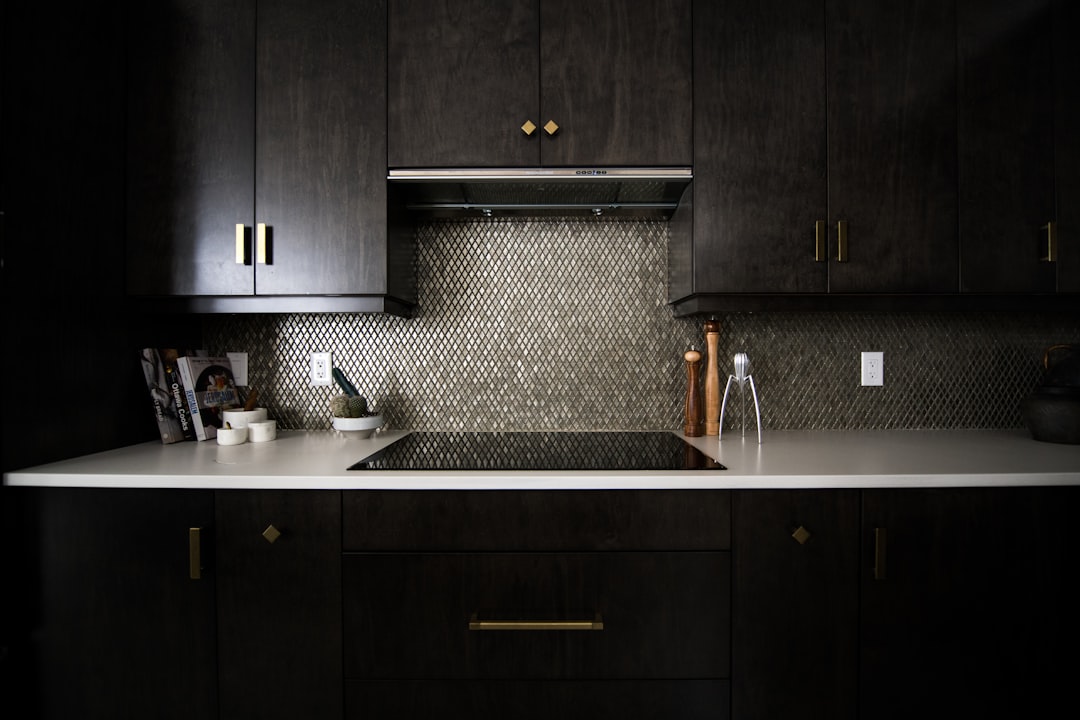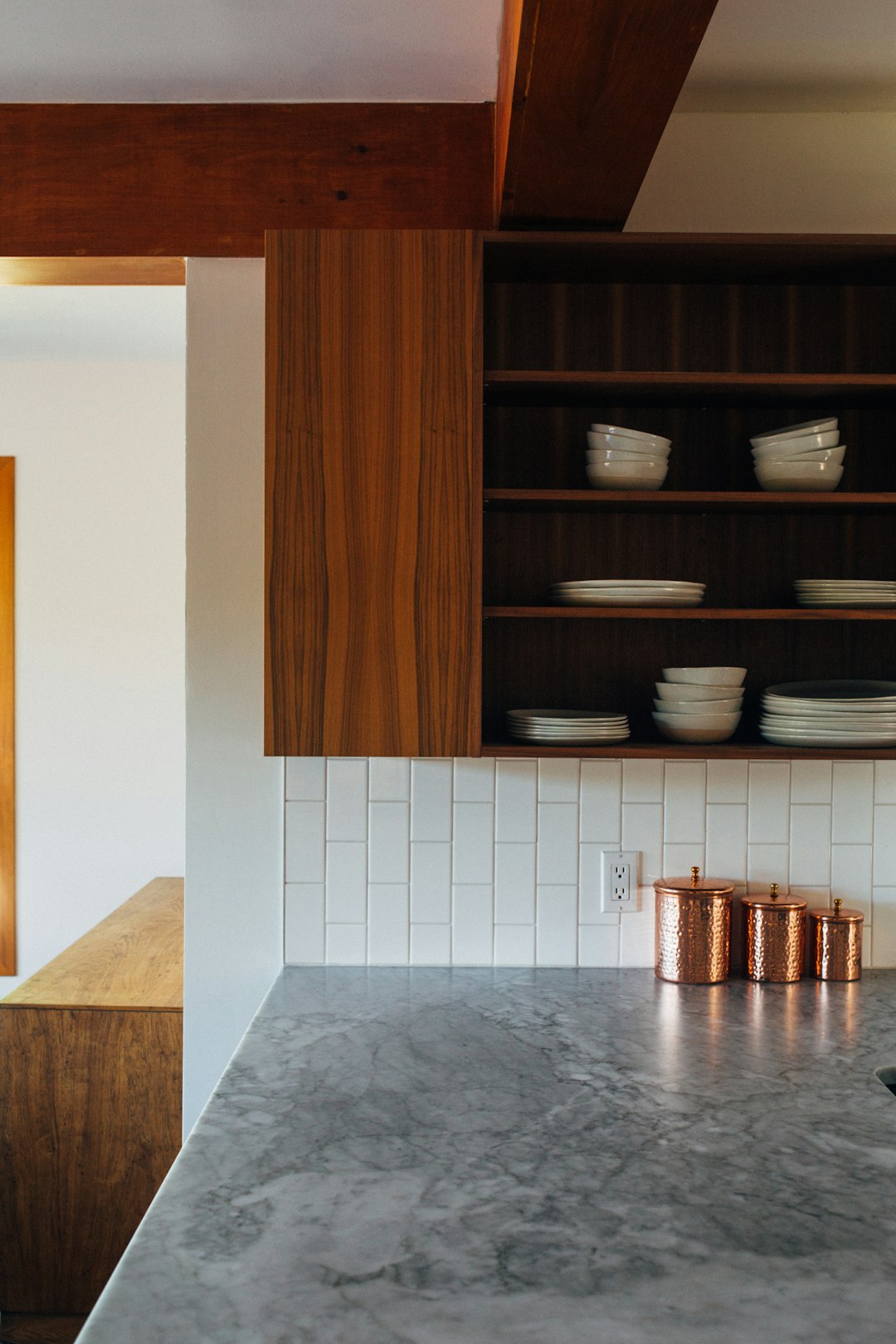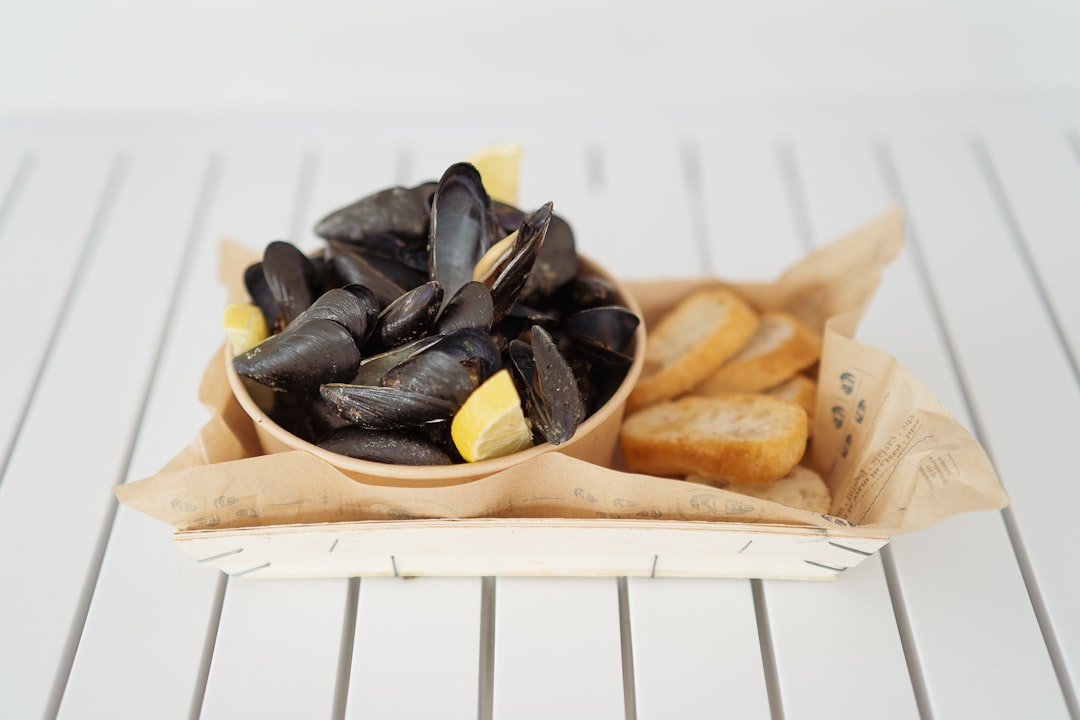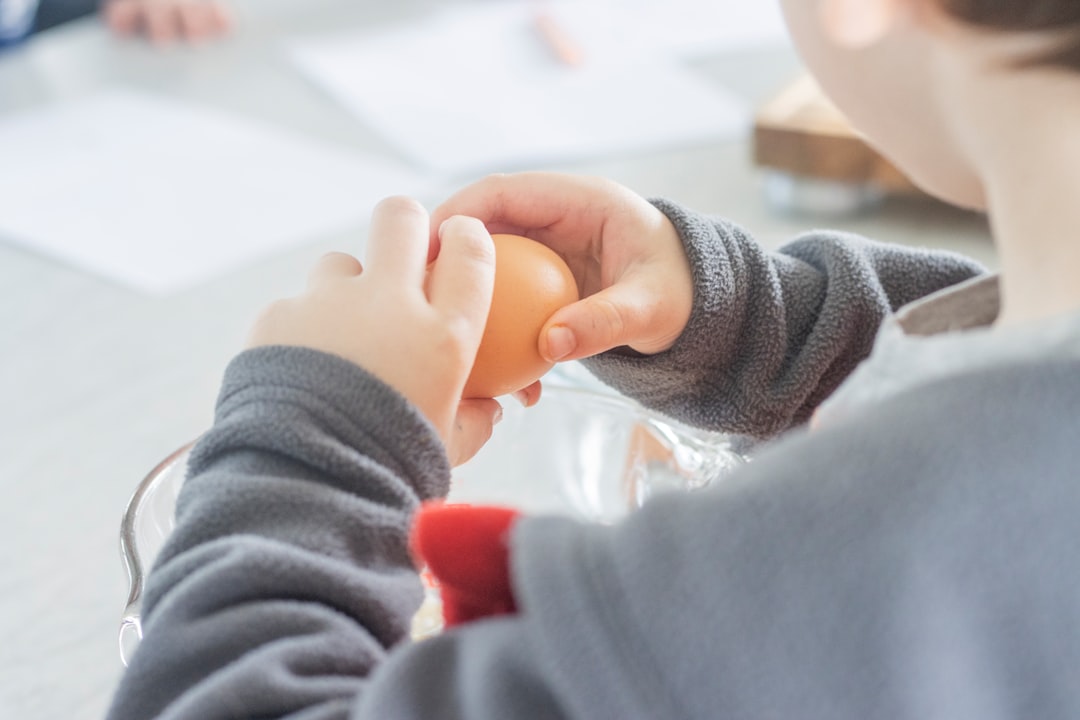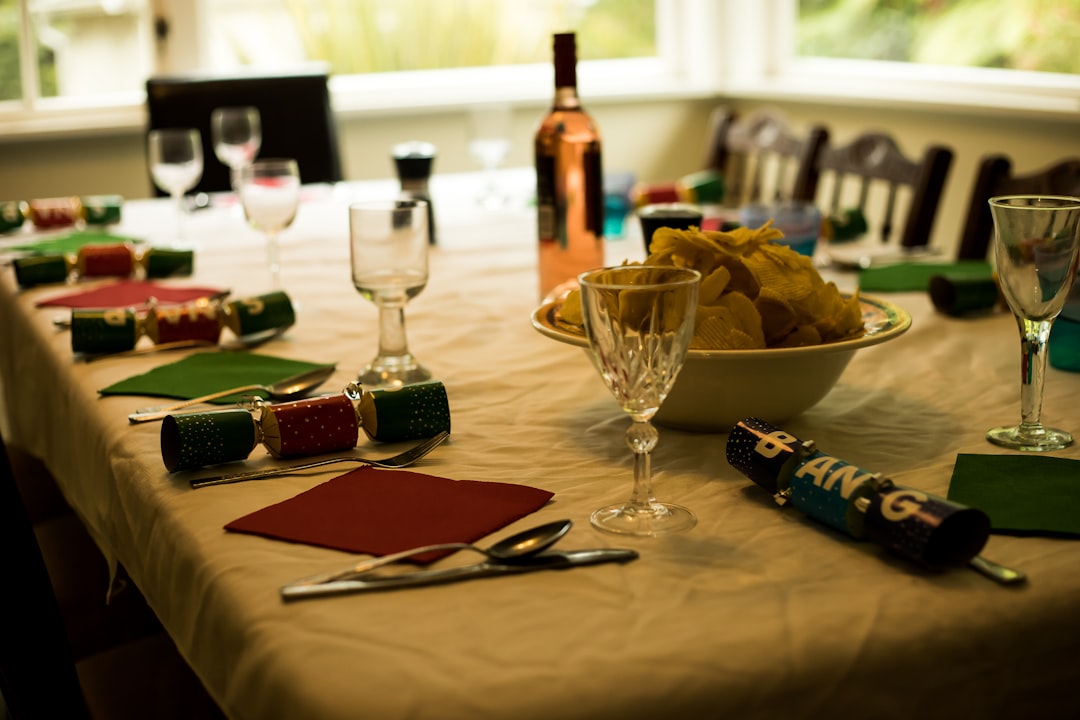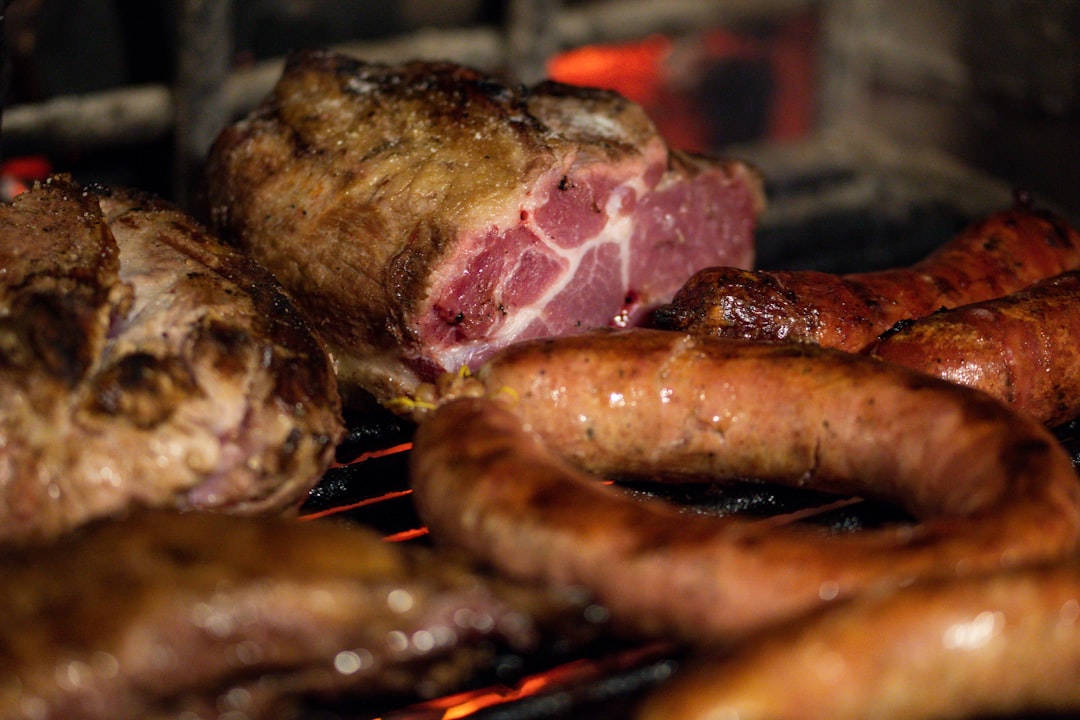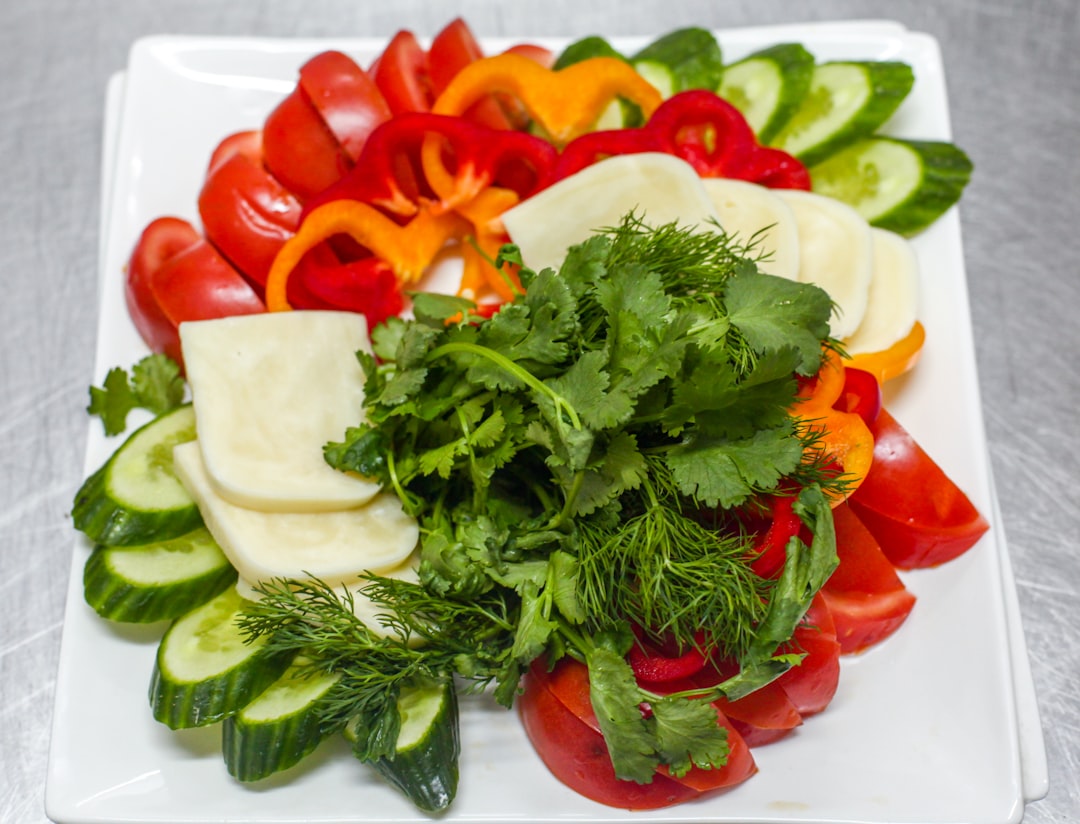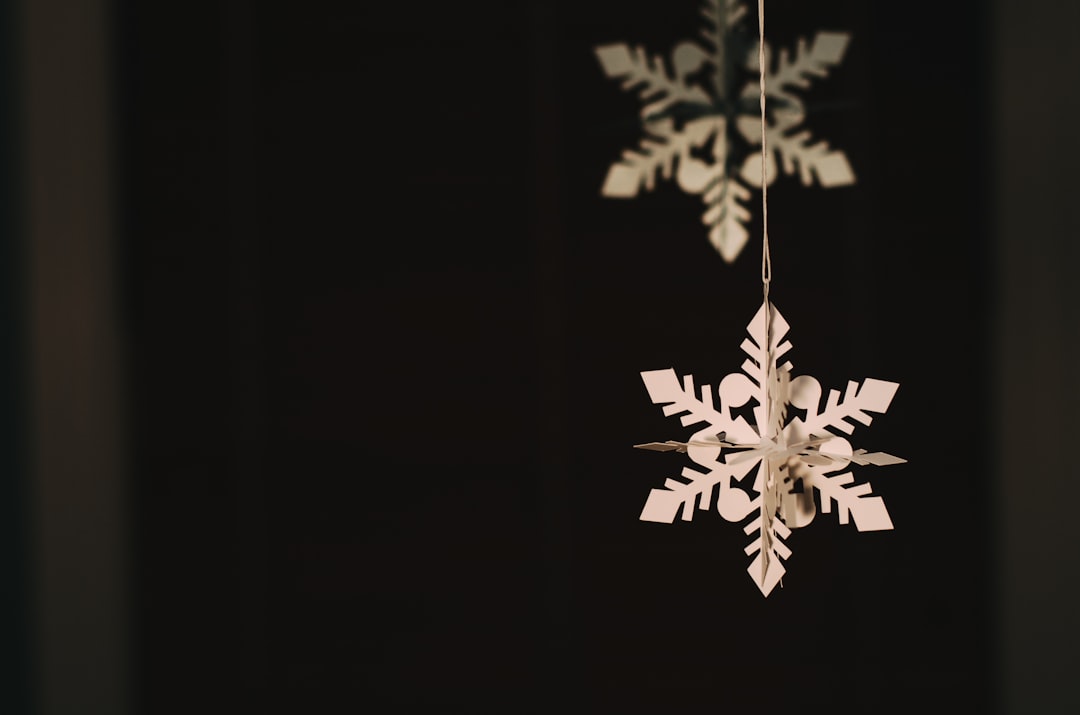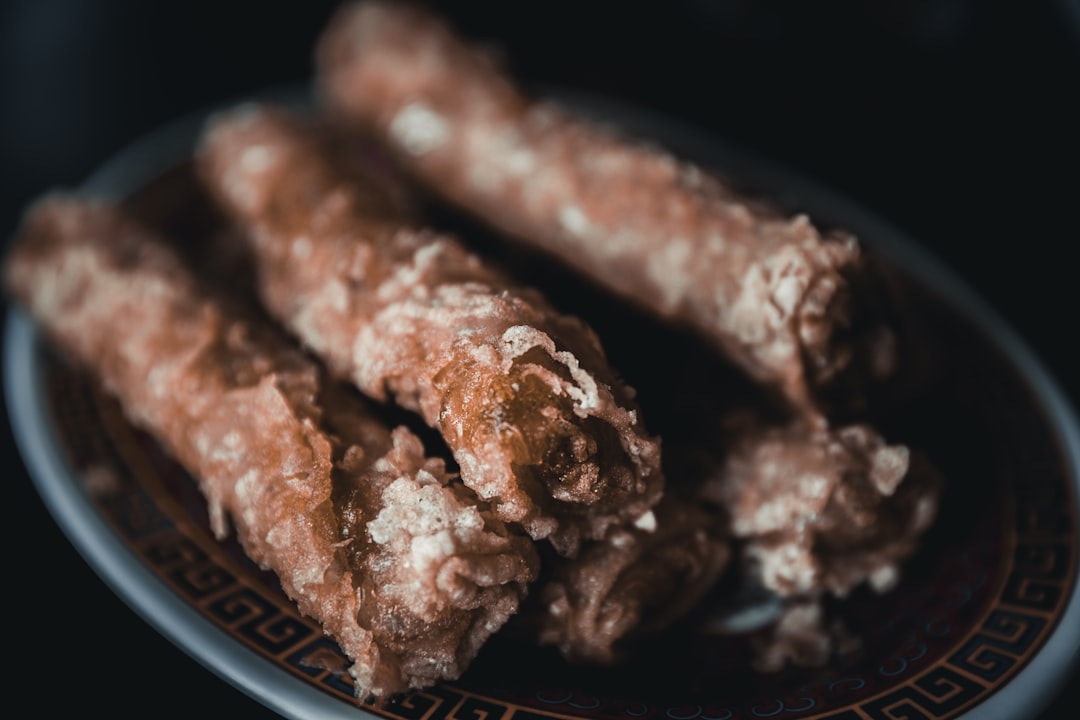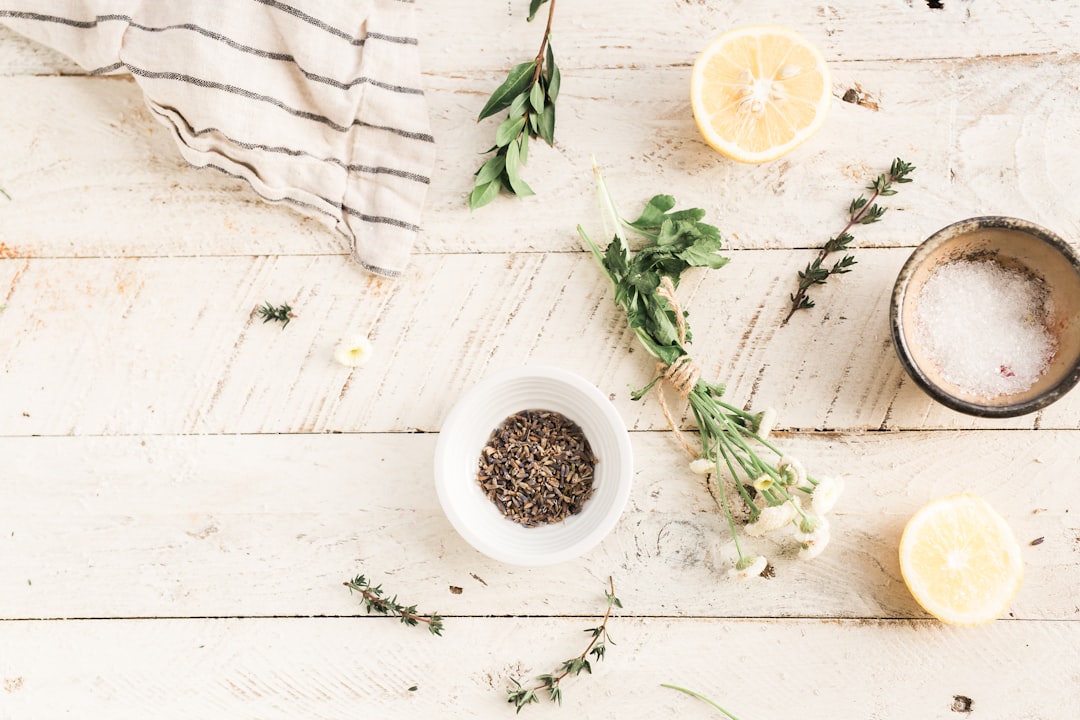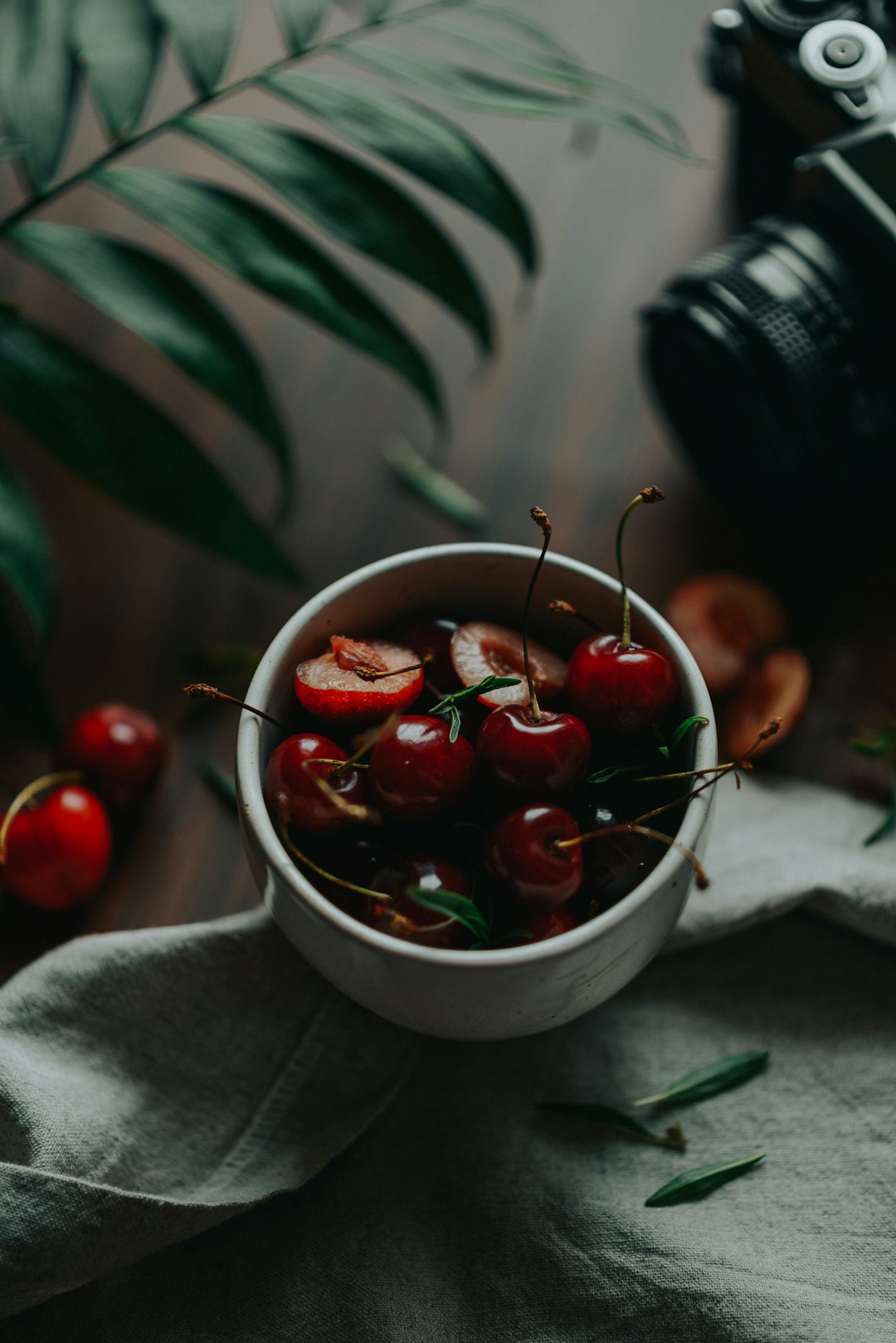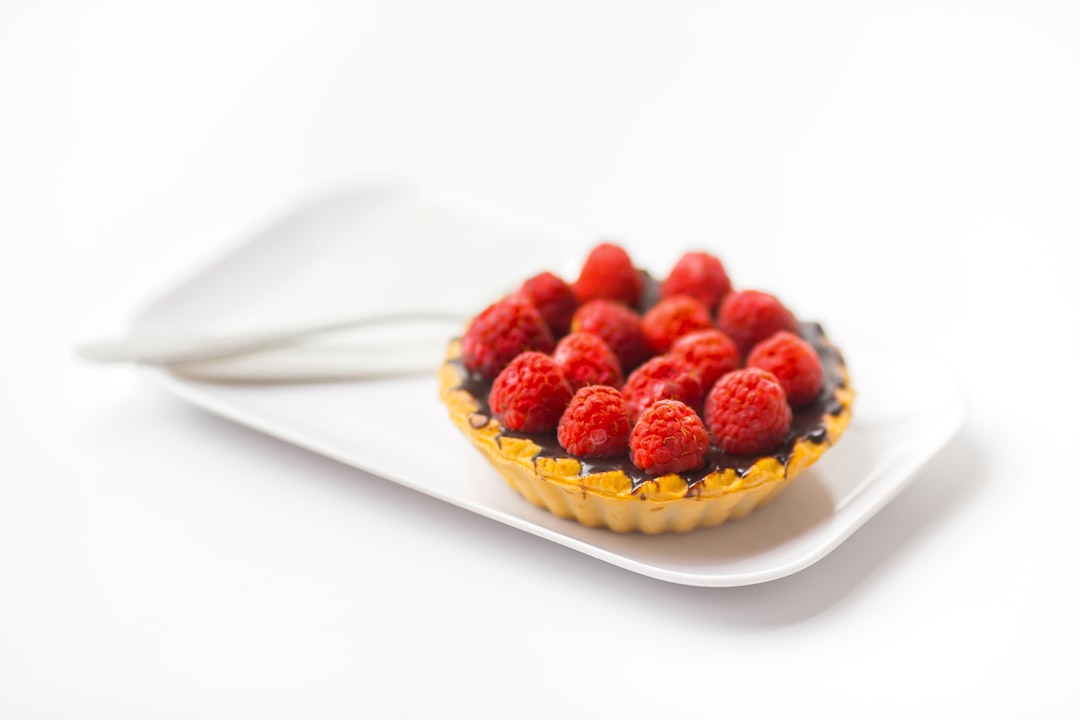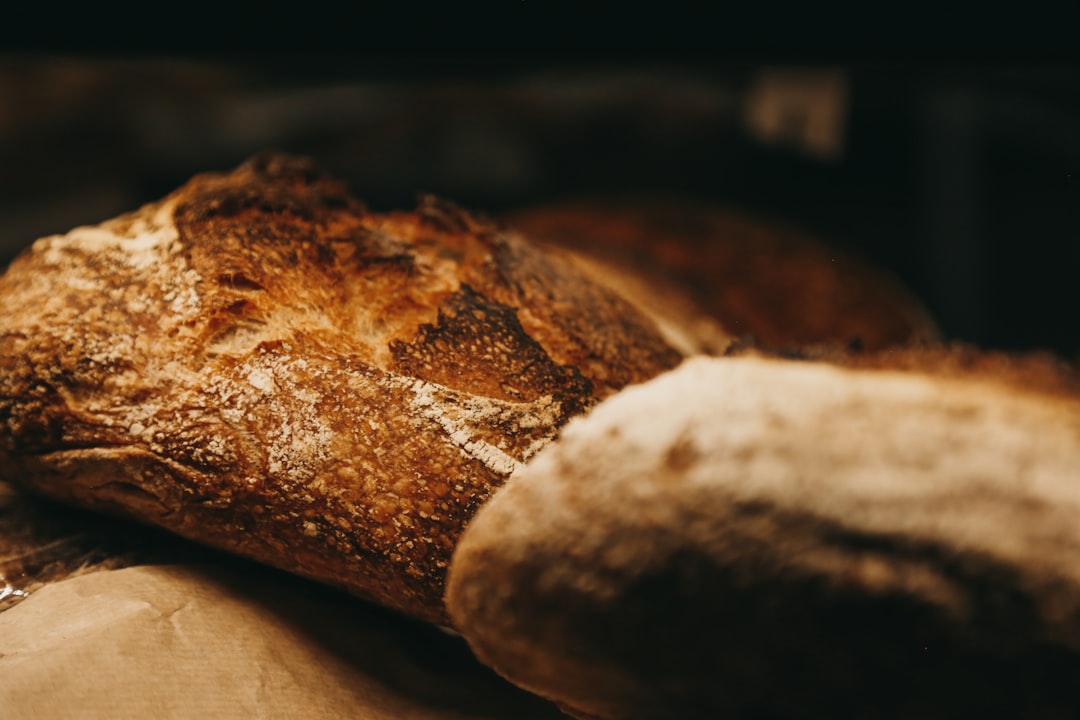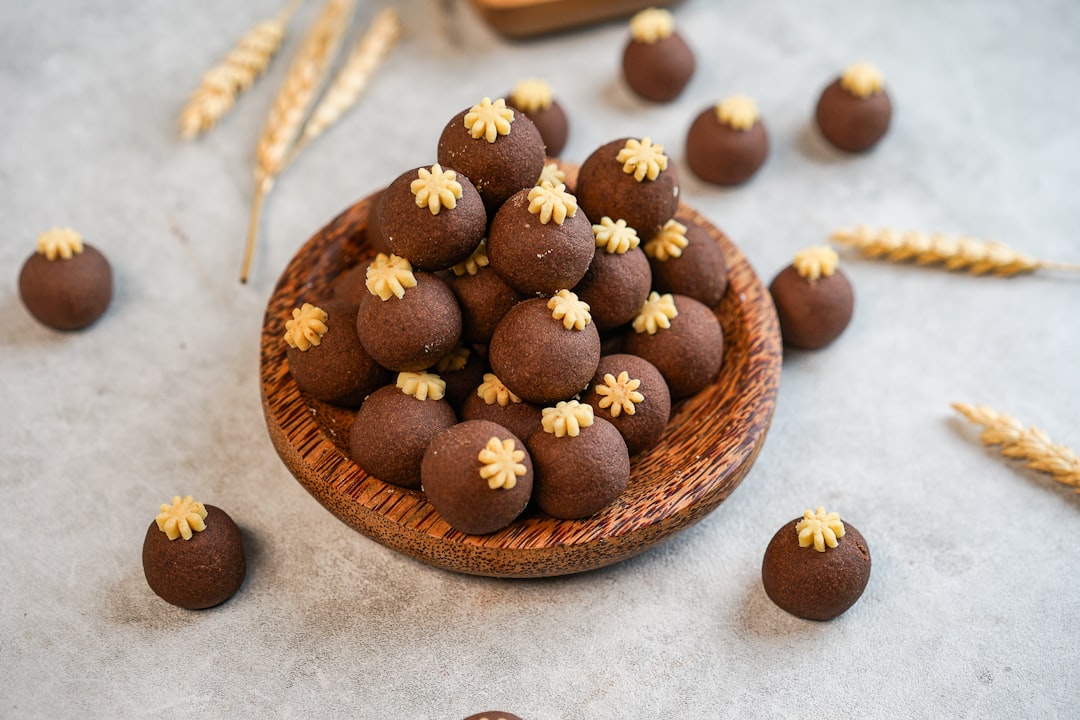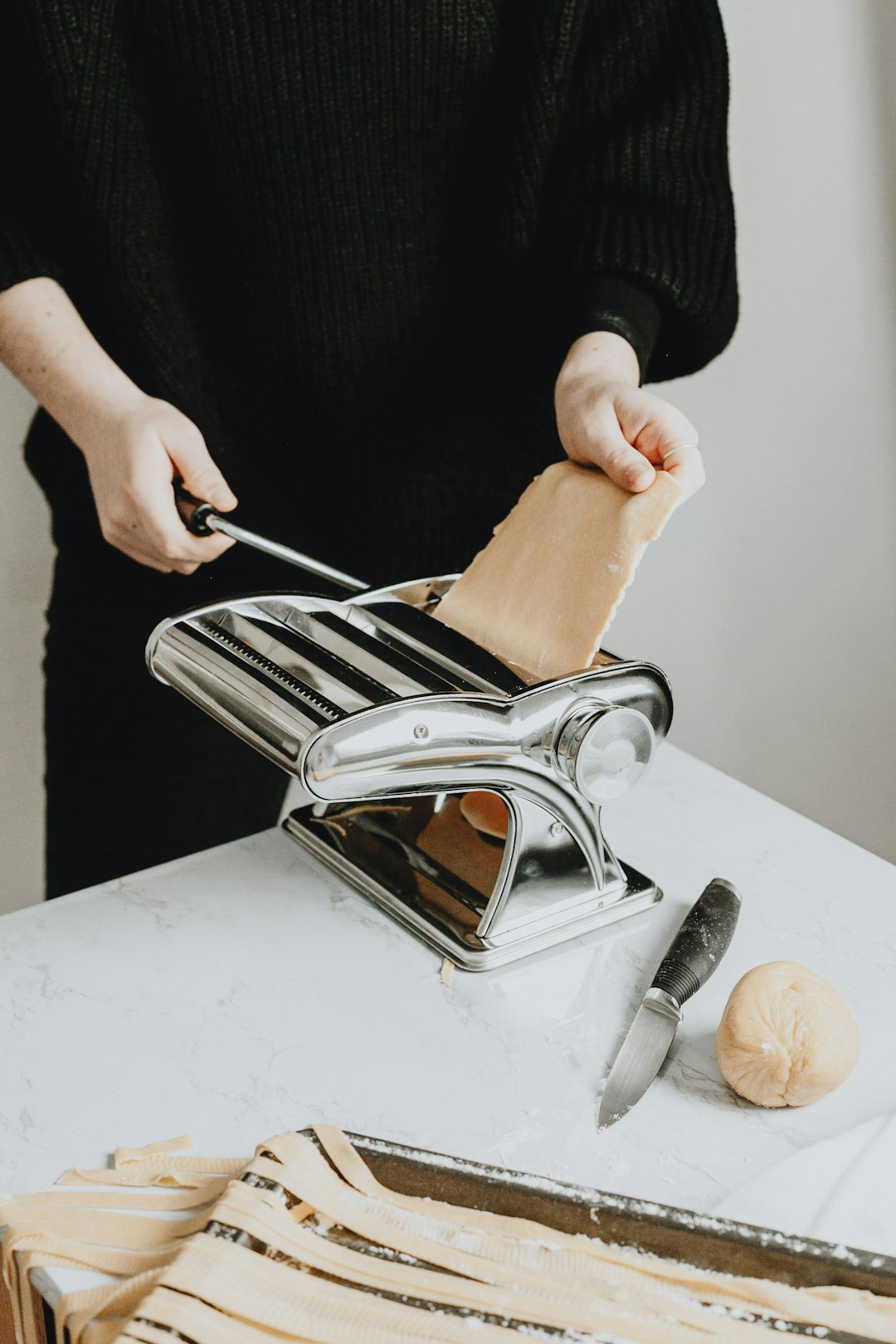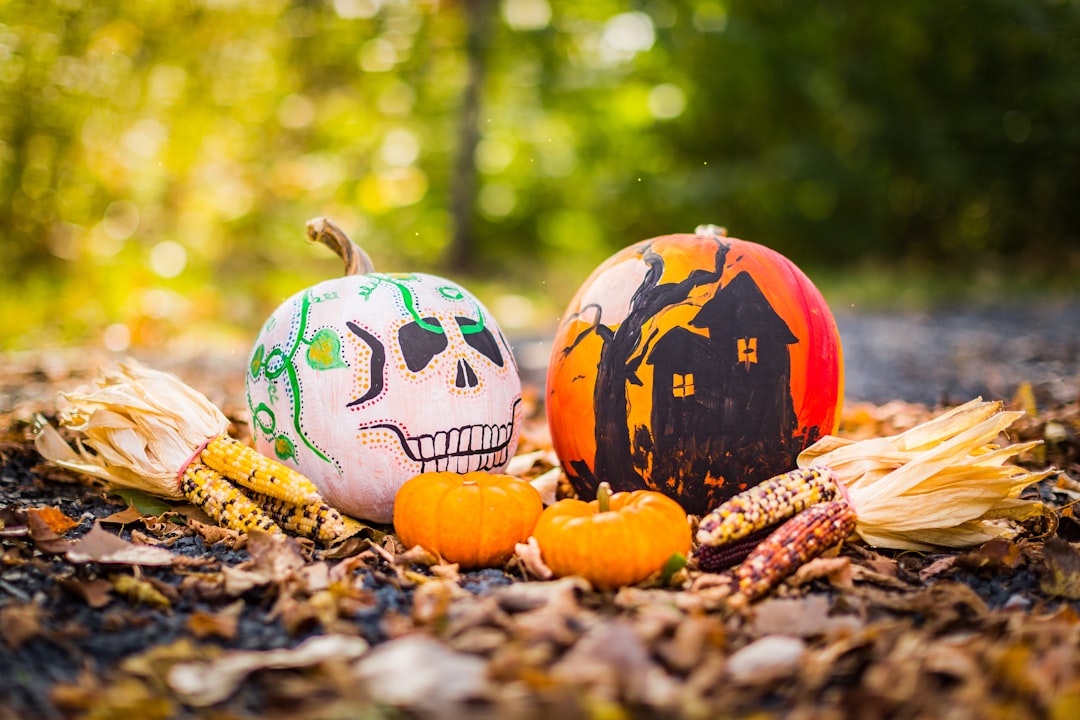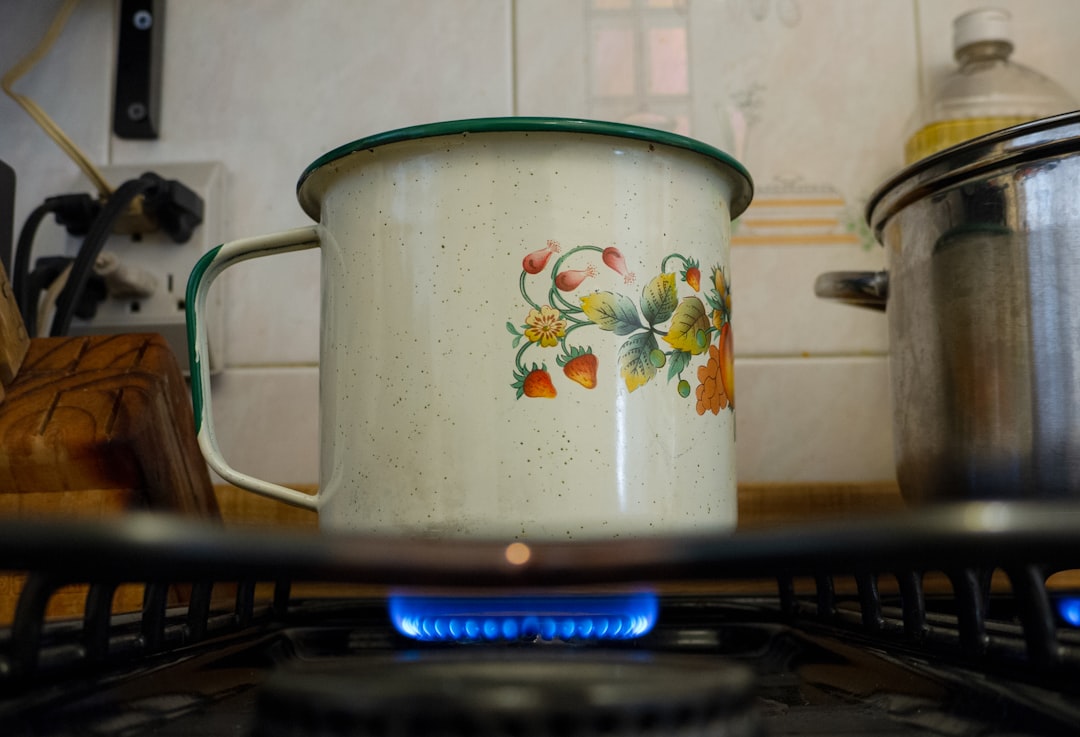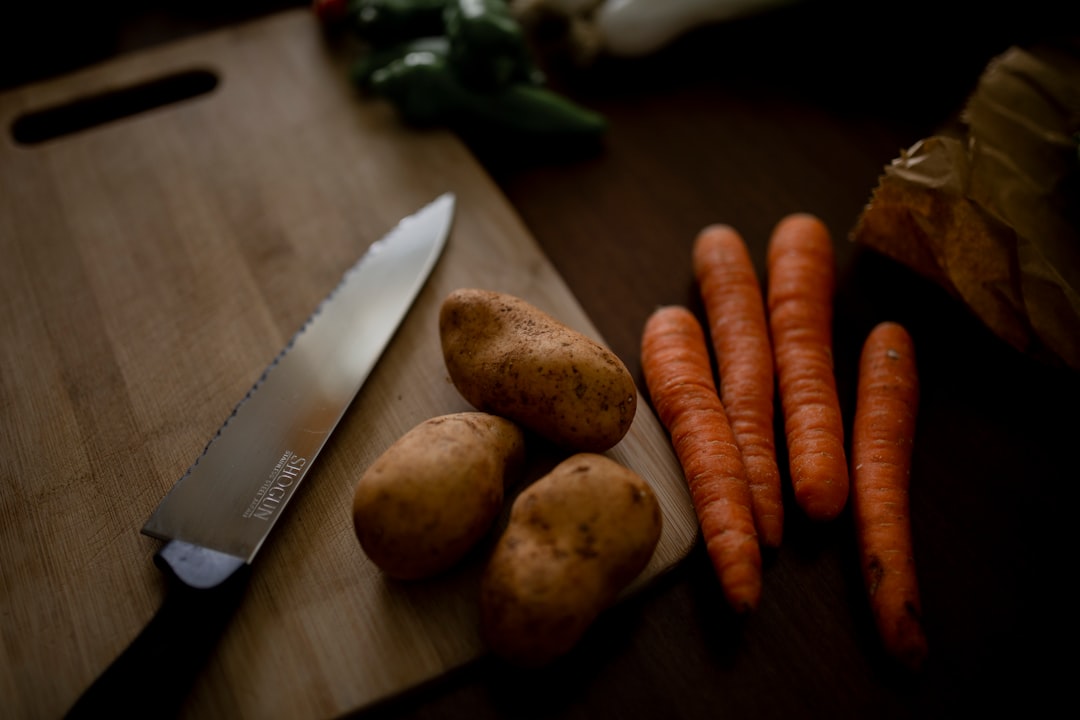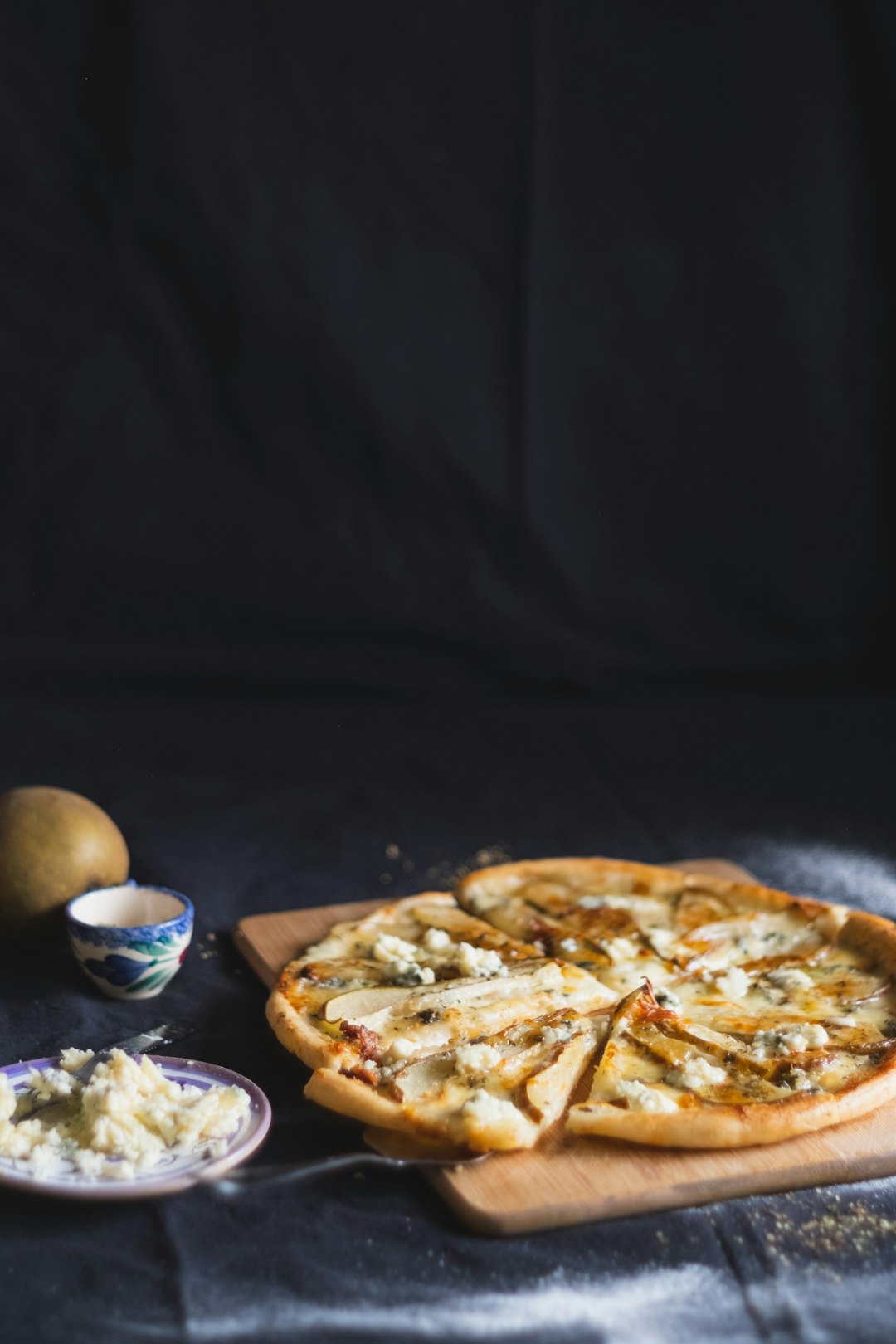
In the realm of desserts and baking, there exists a hidden gem that often goes unnoticed amidst the popularity of its more well - known counterparts. This gem is the white velvet cake, a cousin to the classic red velvet cake, yet with its own unique charm and characteristics.
White velvet cake stands out from the red velvet cake primarily due to the absence of two key ingredients: cocoa powder and food coloring. While red velvet cake gets its signature color and a hint of chocolatey flavor from cocoa powder and red food coloring, white velvet cake takes a different path. It focuses on a pure, clean flavor profile that allows the other ingredients to shine through.
One of the most important components of the white velvet cake recipe is buttermilk. Buttermilk plays a crucial role in creating the cake's tender crumb. When buttermilk is combined with the other dry and wet ingredients, it undergoes a chemical reaction with the baking soda in the recipe. This reaction produces carbon dioxide gas, which causes the cake to rise and gives it a light and airy texture. The result is a cake that is not only moist but also soft, making each bite a truly indulgent experience.
To make a white velvet cake, you'll first need to gather your ingredients. You'll require all - purpose flour, sugar, baking powder, baking soda, salt, unsalted butter, eggs, vanilla extract, and of course, buttermilk. Start by preheating your oven to the appropriate temperature and greasing and flouring your cake pans. In a large bowl, sift together the flour, baking powder, baking soda, and salt. This step ensures that the dry ingredients are well - combined and that there are no lumps in the final batter.
In another bowl, cream together the butter and sugar until they are light and fluffy. This process incorporates air into the mixture, which will contribute to the cake's light texture. Next, add the eggs one at a time, beating well after each addition. The eggs act as a binder, holding the cake together and adding moisture. Then, stir in the vanilla extract for a lovely aroma and flavor.
Now, it's time to combine the dry and wet ingredients. Alternate adding the dry mixture and the buttermilk to the butter - sugar - egg mixture, starting and ending with the dry ingredients. Be careful not to over - mix the batter, as this can result in a tough cake. Once the batter is just combined, pour it into the prepared cake pans and smooth the tops.
Place the cake pans in the preheated oven and bake for the recommended time. The exact baking time will depend on the size of your cake pans and your oven. You can test if the cake is done by inserting a toothpick into the center of the cake. If it comes out clean, the cake is ready. Let the cakes cool in the pans for a few minutes before transferring them to a wire rack to cool completely.
Once the cakes are cooled, you can frost them. A classic choice for white velvet cake is a cream cheese frosting. Cream cheese frosting pairs perfectly with the cake's soft and moist texture, adding a rich and tangy flavor. To make the frosting, beat together softened cream cheese, unsalted butter, powdered sugar, and a bit of vanilla extract until smooth and creamy. Spread the frosting between the layers and on top of the cake, and you're ready to enjoy your delicious white velvet cake.
White velvet cake is not only a treat for the taste buds but also a beautiful addition to any dessert table. Its pure white color and delicate crumb make it an elegant choice for special occasions or just a simple afternoon treat. Whether you're a seasoned baker or a beginner in the kitchen, the white velvet cake is a recipe worth trying. It showcases the power of simple ingredients coming together to create a dessert that is both delicious and memorable.
So, the next time you're in the mood for baking, consider stepping away from the traditional red velvet cake and give white velvet cake a chance. You might just discover a new favorite in the world of desserts and baking.
